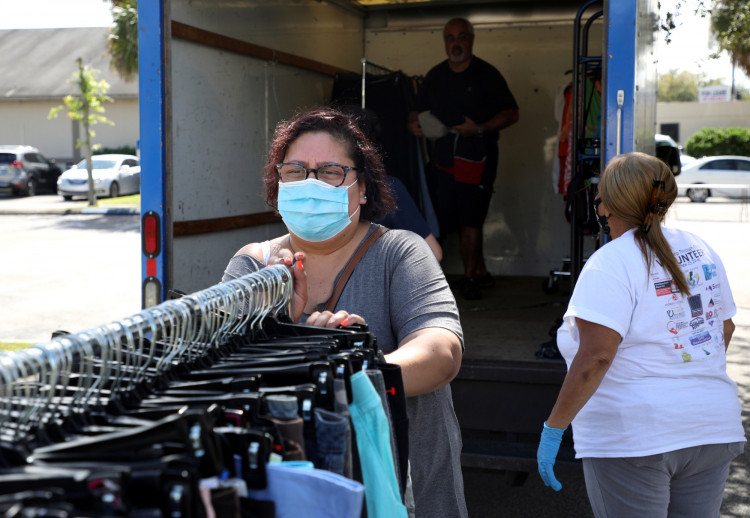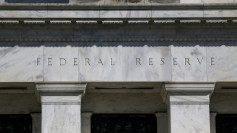Initial jobless claims fell more than anticipated last week, providing a glimmer of hope amidst growing fears about the health of the US labor market and the broader economy. According to the Department of Labor, there were 233,000 initial claims for unemployment insurance for the week ending August 3, a decrease from the previous week's 250,000 and below economists' forecasts of 240,000. This decline marks a significant shift from the week ending July 27, when claims reached their highest level since August 2023.
The data arrives on the heels of a concerning July jobs report that sparked recession fears. The report revealed the second-lowest monthly job additions since 2020 and an unemployment rate climbing to 4.3%, the highest in nearly three years. This negative outlook had prompted a sell-off in the stock market, with investors speculating that the Federal Reserve might need to implement aggressive interest rate cuts to stave off a recession.
Brett Ryan, a senior US economist at Deutsche Bank, cautioned against overreacting to a single data point. "You don't want to overreact to one data point," Ryan told Yahoo Finance. "So without question, the risks have risen, leaning toward the Fed starting off with a more aggressive pace of rate cuts, but we're not there yet."
Despite the drop in initial jobless claims, the number of continuing claims-those filed by people already receiving unemployment benefits-rose to 1.875 million for the week ending July 27. This is the highest level since November 2021, indicating that while fewer new claims were filed, many individuals remain unemployed.
The recent fluctuations in jobless claims have been attributed to temporary factors such as disruptions from Hurricane Beryl and seasonal shutdowns at auto plants. Robert Frick, corporate economist at Navy Federal Credit Union, suggested that these factors were responsible for the previous week's spike in claims. "Claims pulled back in the latest week, adding to evidence that weather and seasonal auto plant shutdowns were responsible for the previous week's dramatic rise," Frick said.
The four-week moving average of jobless claims, which helps smooth out weekly volatility, rose to 240,750, the highest in nearly a year. This increase underscores the challenges facing the labor market, even as the latest data provided a brief respite.
The July jobs report, which showed an increase of only 114,000 nonfarm payrolls, coupled with a rise in the unemployment rate to 4.3%, has heightened concerns about the labor market. The report triggered the so-called Sahm Rule, which gauges recessions by measuring changes in the jobless rate. This rule has added to the anxiety about the potential for a recession.
In response to these developments, financial markets have been highly volatile. A significant three-day sell-off that began last Thursday fueled worries about deeper economic troubles. Traders now anticipate that the Federal Reserve may start cutting interest rates as early as September, with some even calling for an emergency rate cut before the next scheduled meeting. The CME Group's FedWatch tracker indicates a strong probability of a half percentage point reduction for the first move and a full percentage point cut by the end of the year.






